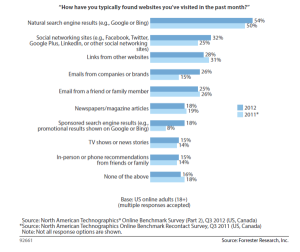A May 2014 onli ne survey conducted by Harris Poll points out seven reasons businesses lose customers.
ne survey conducted by Harris Poll points out seven reasons businesses lose customers.
Poor customer service is costing American consumers 30.8 work hours which translate into $108 billions a year in missed work time and productivity
Poor customer service costs a lot more to businesses and brands when you take into account that 35% cancelled their service or stopped using the brand or business and factor in a customer’s long term value (LTV), lost referrals or worse, since 13% have taken to social media
What frustrated them the most?
- 44% waiting for a service rep
- 43% being put on hold
- 38% feeling that service representatives didn’t know how to fix problems.
- 35% service rep did not understand their problems
- 32% having to call back because the problem wasn’t fixed
- 21% billing issues
- 12% trying to schedule an appointment
“These service frustrations are significantly impacting service businesses today because consumers are becoming more and more likely to demand not just a great price but a great service experience,” Timms said. “Companies that offer the best experience in all parts of the service process will be the ones that retain their customers, grow, and succeed.”










